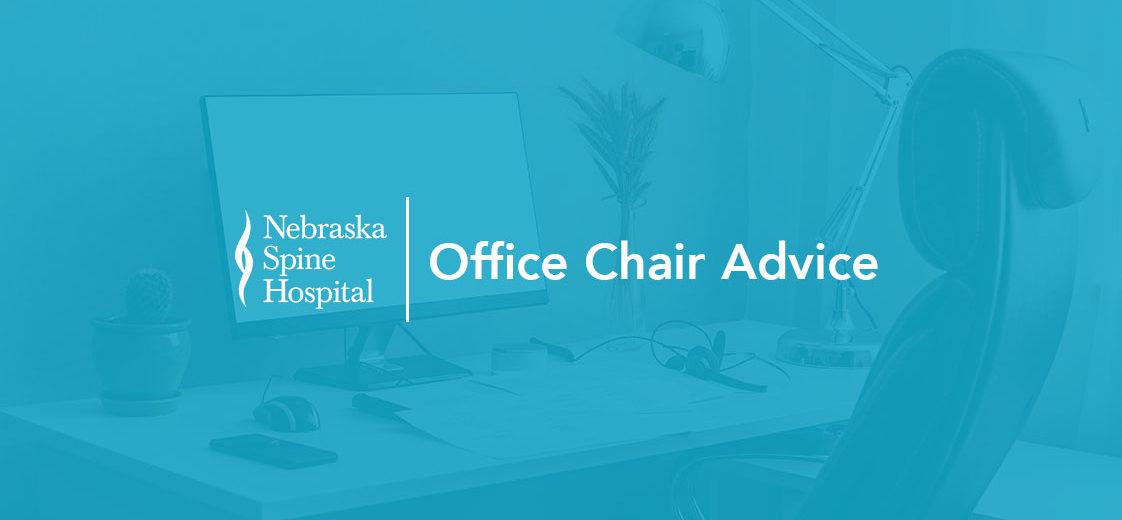Many of you are probably reading this from an office chair. If you’re currently leaning forward in your chair, we have bad news for you – that’s bad for your spine health. Leaning forward just 30 degrees puts 3 to 4 times more strain on the spine. Over time, that added stress can cause unnecessary wear on your ligaments and discs.
Since it’s estimated that nearly 75% of workers in industrialized countries have sedentary jobs that require sitting for long periods of time, we decided to give you some office chair advice. We hope the following information will help you maintain your spine health while sitting for more than 8 hours a day.
Office Chair Advice – Stretching
Up first for our office chair advice is stretching. In order to encourage circulation and joint mobility, stretch breaks at your desk are absolutely necessary. Our favorite office stretch is the reverse arch stretch. It’s our favorite because it doesn’t draw a lot of attention in the workplace like these stretches might. Follow the steps below to try the reverse arch stretch:
- Sit at the front of your chair and lace your fingers behind your back. You should feel a stretch in your shoulders and chest.
- Take a deep breath, letting your shoulders dip further back and your head fall back.
- Exhale.
- Hold this position for a few deep breaths.
- Slowly bring your head back up and unlace your fingers.
Aim to repeat this stretch a few times a day to keep your spine happy and healthy at the office. As with all stretches, it’s important to listen to your body and move slowly. Stretching should never be painful.
You Might Also Like: Desk Spine Health
Choosing the Right Office Chair
There’s really no way to get around sitting in a chair if you work in an office. To avoid developing or compounding back pain, it’s important to opt for an ergonomic office chair. These chairs support your lower back and promote good posture.
No one type of ergonomic office chair is the best, but it is important to look for things that will allow you to make the chair work for your needs. You should look for features like:
- Adjustable seat height – You should be able to adjust the seat height so that your feet are flat on the floor and your knees are even with your hips. For many people, seats that range anywhere from 16-21 inches from the floor work best.
- Seat width and depth – You should feel comfortable when sitting in the chair. The chair depth should allow you to sit with your back on the backrest and still have a few inches before the edge of the seat makes contact with your knees.
- Backrest – It’s important to find a chair with ample lumbar support. The chair’s backrest should be adjustable by both height and depth to align with your spine’s natural curves.
- Armrests – The armrests should be adjustable so that your arms can rest comfortably and your shoulders can relax.
Interested in learning more about how to keep your spine happy and healthy? Sign up for our monthly newsletter below!

